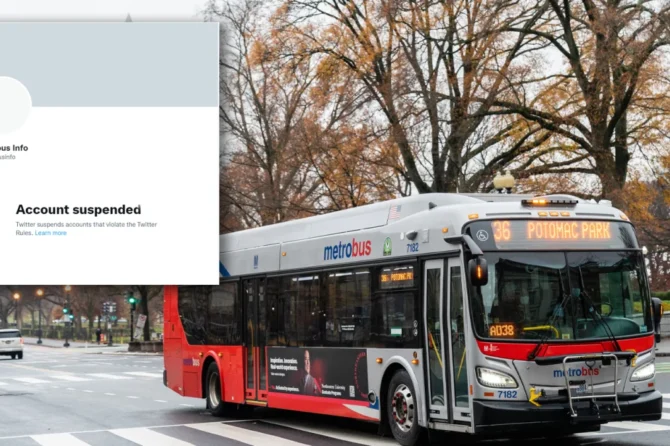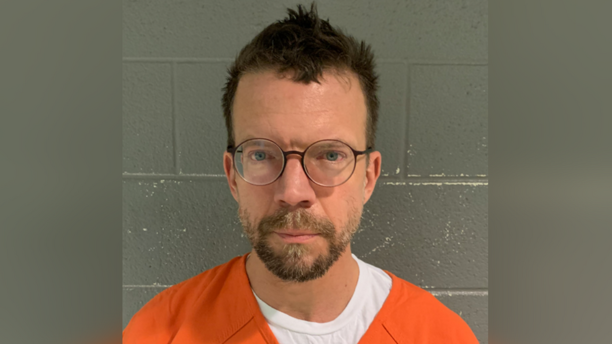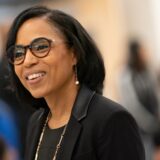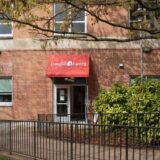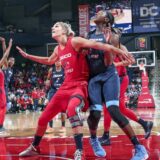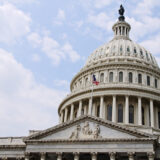Washington Informer: Civil rights activist James Meredith recently expressed plans to commemorate the 60th anniversary of his matriculation to the University of Mississippi with a visit to every county in his home state.
In 1962, Meredith became the first African American admitted to the racially-segregated university known to many as “Ole Miss.” Inspired by President John F. Kennedy’s inaugural address, he applied to the university as a means of pressuring the Kennedy Administration to enforce civil rights for African Americans.
Meredith graduated with a bachelor’s degree in political science but not without constant harassment and marginalization by his white classmates. Decades later, Black students at predominantly-white universities across the U.S. continue to experience similar, and sometimes inconspicuous, instances of racial animosity on their campuses.
Racial unrest in the early months of the pandemic spurred enrollment to historically Black colleges and universities. Even so, many Black students still find themselves attending predominantly-white institutions because endowments and other structural conditions allow those universities to provide substantially more attractive financial aid packages.
Mya Burrell, a North Delaware resident who applied to both Howard University and Spelman College, said cost and location compelled her to attend The George Washington University (GW) in 2019. She enters her senior year in the fall as a member of several student organizations including the Black Student Union (BSU), Zeta Phi Beta Sorority, Inc., the National Council of Negro Women and the Young Black Professionals in International Affairs which she cofounded.
In speaking about her fervor for campus life, Burrell recounted advice upperclassmen gave her earlier in her college career to create an environment where Black students feel welcomed and included.
Since taking on student leadership roles, Burrell has helped coordinate regular meetings not only between Black student leaders at GW but for those attending other predominantly-white universities in the District. That citywide network, Burrell said, has helped GW’s Black community weather the storm of racial incidents throughout her entire college experience.
“The administration doesn’t advocate for students the way they need to but I’ve seen the BSU and other organizations rally behind students and get resources for them,” Burrell said. “I don’t have any concerns about how our Black community deals with these issues. We’ve stood together as a community and in the current [racial] climate, we have plans to make sure our community is safe, heard and [supported by] advocates.”
A Community Within an Institution
In the age of social media, Black students have debated online about the benefits and drawbacks of attending predominantly white universities versus historically Black colleges and universities.
Social media has also given Black students, regardless of the school they attend, a firsthand look at racialized events taking place across the country, often leading those at predominantly-white institutions to organize around their self-interests.
At a time when institutions are figuring out how best to foster diverse and inclusive spaces, Antar Tichavakunda, a researcher and alumnus of Brown University in Providence, Rhode Island, has touted the need for Black spaces. He said Black students at predominantly-white universities often thrive when they can freely coalesce around their similarities and form their own communities.
In his 2021 book, “Black Campus Life: The Worlds Black Students Make at a Historically White Institution,” he documented how Black STEM students navigated an academic environment that disregarded their unique social and cultural needs via systems that have been inculcated within the institution since its founding.
While compiling his research, he focused less on hurdles that Black students encountered and more on how they formed tight-knit communities in structurally anti-Black spaces. Even without the presence of student organizations, Black students often seek ways to affirm their identity by partying with one another and forming study groups to ensure their collective success.
As a faculty member at the University of Cincinnati, Tichavakunda now spends much of his time guiding administrators on how to best create welcoming spaces for Black students. However, he said Black students at predominantly-white institutions often make do in the most racially antagonistic of situations – even though that shouldn’t be the case.
“Black communities are housed in anti-Black racist structures but we still create life and resist and we find agency,” he said. “It comes with [being in] a collective – that’s where the life is. We’re not all the same but given our racialized statues, there are certain things we have in common.”
Raising the Standard of Excellence on Campus
At George Mason University (GMU) in Fairfax County, Virginia, Curtis Brooks has taken a leap of faith in meeting other Black students, serving as a DC-CAP student peer mentor and immersing himself in extracurricular activities like club football and an affinity group for Black male students.
Brooks, a graduate of Banneker Academic High School in Northwest, encourages younger Black male students to also get involved in campus activities at a time when GMU promises to be even more of a culturally inclusive environment two years into Gregory Washington’s tenure as president.
Over the last few years, Brooks has seen Black students unite in moments of racial animosity and devote just as much energy to hosting kickbacks and other functions on campus.
“Black excellence and culture have to stand out no matter where you are,” said Brooks, a junior majoring in computation and data science. “Being in the Black community helped me a whole lot [because] there’s a level of comfort and it’s [easier] to talk to other people of color and make sure we’re okay. It’s a connection we don’t have to talk about too much but we’re all in pursuit of higher education and making sure we’re having the best time in doing that.”
Photo: At George Mason University in Fairfax County, Virginia, Curtis Brooks has immersed himself in extracurricular activities like club football and an affinity group for Black male students. (Courtesy photo)




